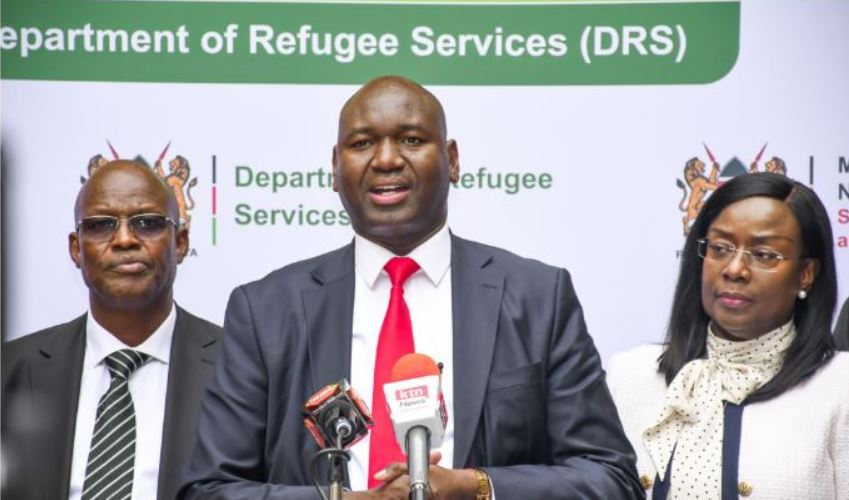
They have set November of this year as the launch date for the Shirika Plan, which will redesign the refugee camps in Garissa and Turkana counties into municipalities.
The Kenyan government, respective county governments, UN agencies, and the United Nations Commission for Refugees will jointly implement the Shirika Plan.
Under the plan, municipalities within host communities will absorb refugees, with the communities benefiting from enhanced socioeconomic investments such as schools, health facilities, roads, and modern markets.
Immigration Principal Secretary Julius Bitok announced a shift in focus towards mobilizing resources for implementing the Shirika Plan, estimating phase one of the four-year project to cost $943 million (Kes.115.6 billion).
“This money will come from different partners and donors, including governments and the private sector. It will be channelled not only through the government but also through international NGOs, county governments, ministries, and departments such as the Ministry of Lands,” he explained.
Bitok disclosed that the necessary framework to support the Shirika Plan’s implementation is already in place.
“The enactment of the Refugee Act 2021 gave us the foundation. We also have the gazettement of regulations to operationalise the Act. We have a gazettement of documents used by refugees. The government has made a lot of progress in ensuring there is a legal and regulatory framework to support Plan.”
The Turkana and Garissa county governments have officially designated Dadaab and Kakuma as municipalities to facilitate necessary planning and infrastructure upgrades for integration.
As municipalities within the proposed integration, the current refugee camps will undergo restructuring into modern urban centers equipped with essential infrastructure such as roads, water systems, sewerage, and other amenities.
These developments aim to promote mobility, freedom of movement, economic inclusion, and active refugee participation in the country’s development processes.
The Shirika Plan National Steering Committee includes the governors of Nairobi, Garissa, and Turkana, along with at least 17 Principal Secretaries from key state departments crucial to implementing refugee integration. These departments encompass Interior, Treasury, Health, Lands, Water, Housing, Education, and Foreign Affairs.








